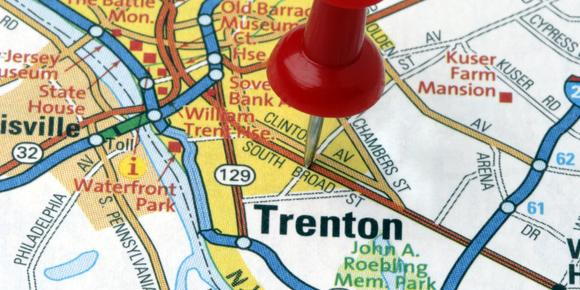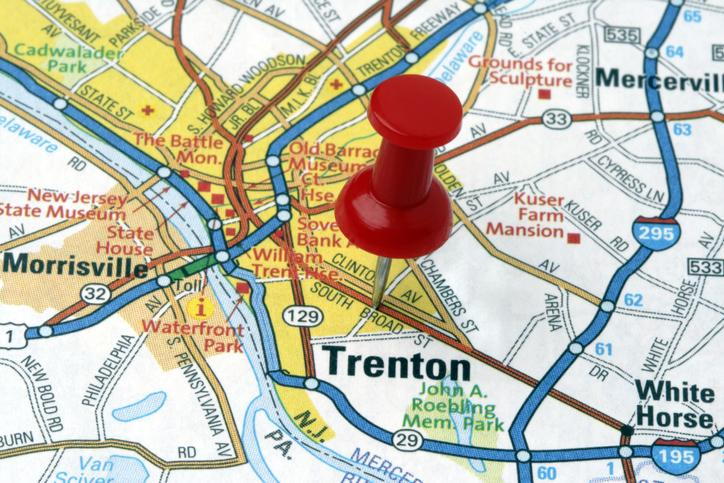
New Jersey’s Top 10 Deadliest Roads, and What Makes Them So Dangerous
- posted: Sep. 02, 2021
- Personal Injury, Motor Vehicle Accidents

New Jersey’s roads are known for being congested, poorly maintained and consequently dangerous. Everyday commuters, weekend shoppers, Jersey Shore visitors and travelers between New York and Philadelphia constantly fill our roads with cars, trucks and buses. And heavy traffic means a higher incidence of accidents — some of them fatal.
Now, an analysis of data from the National Highway Traffic Safety Administration shows which New Jersey’s highways are the most frequent locations of disastrous accidents. A study conducted by business researcher AdvisorSmith identifies these roads as the 10 deadliest in terms of average annual fatalities per 100 miles (shown in parentheses):
State Road 129 — Trenton (72.6)
Interstate 676 — Camden to Philadelphia (42.1)
State Road 42 — Bellmawr to Turnersville (38.5)
State Road 20 — Paterson (30.1)
State Road 21 — Passaic to Newark (24.4)
State Road 440 — Jersey City to Bayonne (24.4)
Interstate 280 — Newark to Parsippany (23.8)
U.S. Highway 30 — Camden to Atlantic City (21.9)
State Road 4 — Fort Lee to Paramus (21.2)
Interstate 80 — Fort Lee to Pennsylvania (21.2)
What these roads have in common is high traffic volume due to serving as links between urban areas, major highways, bridges and transportation hubs.
For instance, Rte. 129, which tops the list, connects the state capital, Trenton, with Interstates 95, 195 and 295.
The third most deadly, Rte. 42, links the Atlantic City Expressway to Interstate 76, which goes to Philadelphia.
Rte. 21, the fifth on the list, runs from northern New Jersey to Newark Liberty International Airport, while Rte. 440, in the sixth spot, connects Jersey City with the Outerbridge Crossing to Staten Island.
The AdvisorSmith study does not give the reasons for the fatal motor vehicle accidents reported. However, the top 10 deadliest roads may be prone to these causes of crashes:
- Bad road conditions — Heavily travelled roads have more need of repair. Potholes, large cracks and other defects and hazards can lead to accidents.
- Inadequate road design — Some of the roads on the list are older highways that were not built for the demands of modern vehicles and traffic volume. They may have sharply curved exit ramps and narrow bridges and may lack effective barriers and dividers. These roads also can be more likely to flood or ice up.
- Mechanical failures — Vehicle breakdowns can be more frequent on congested roads and on those in bad condition, creating obstacles that increase the danger of collisions.
If you were injured in a motor vehicle accident anywhere in New Jersey, promptly gathering evidence about the cause of the crash is crucial. For a free consultation with an experienced attorney at Seigel Law in Ridgewood, contact us online line or call 201-444-4000 as soon as possible.

